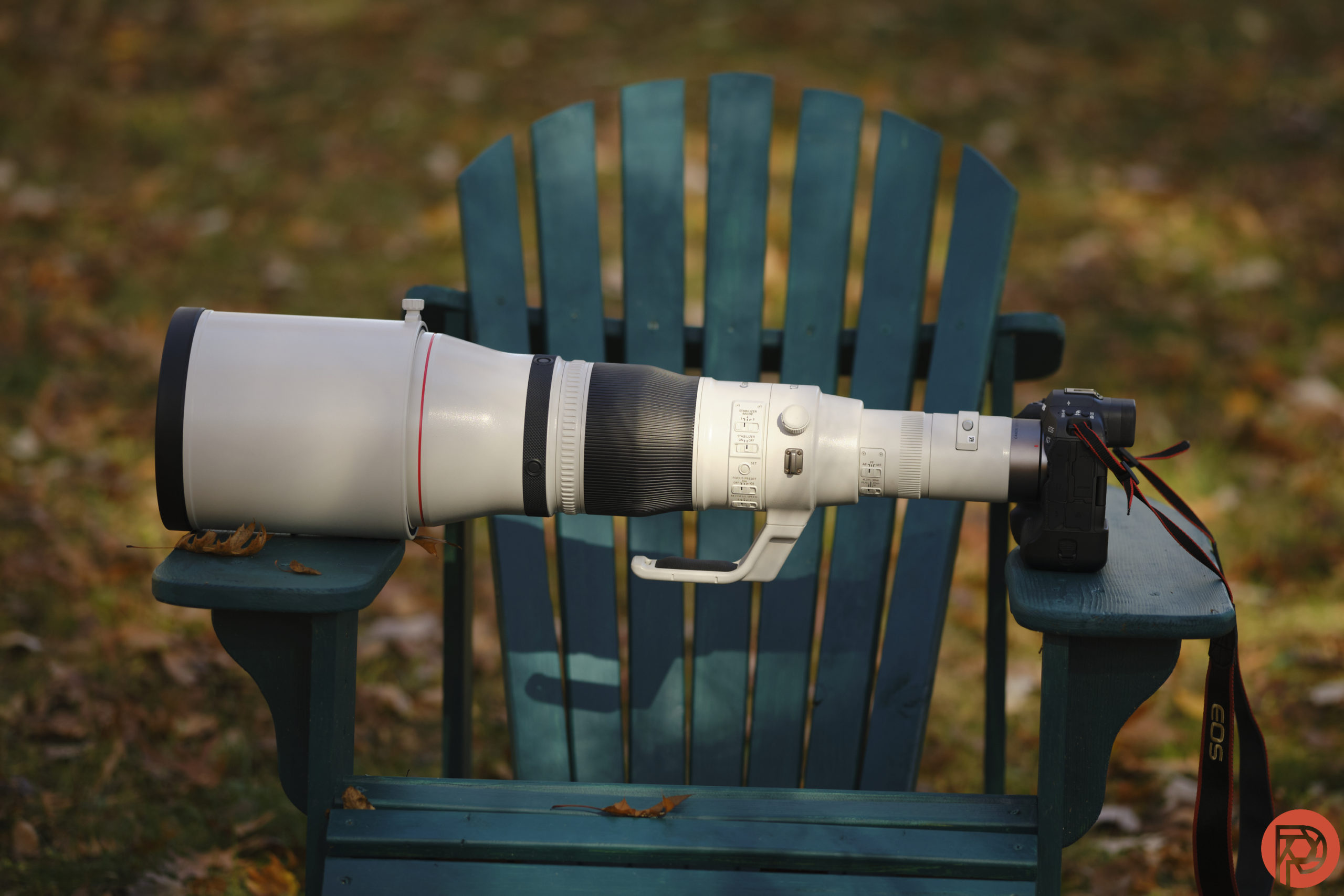Last Updated on 02/05/2023 by Mark Beckenbach
There are solid cameras at every price point. And just about every one of them that’s come out in the past year or so has animal detection. But which ones are the best? We did a lot of research and testing, and we’ve rounded up the best cameras with animal detection. What’s more, we’ve ranked them according to budget for you.
How We Chose the Best Cameras with Animal Detection
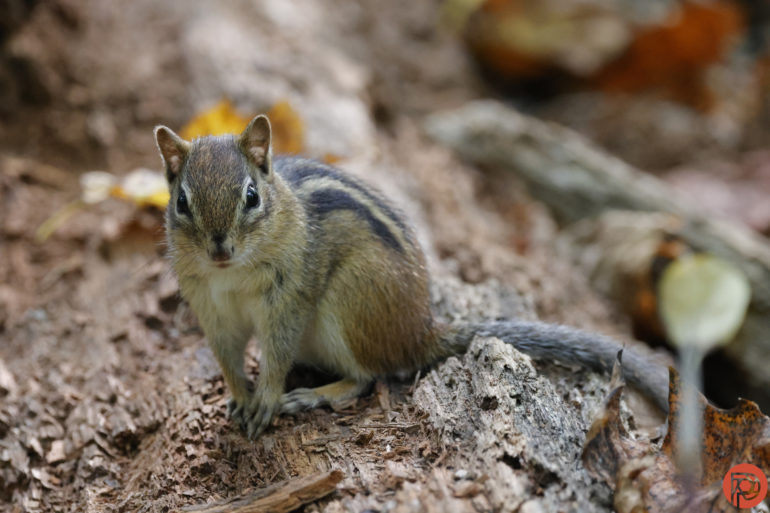
Here’s some insight into how we chose the best cameras with animal detection:
- Our Editorial Policies don’t all to give prominent mentions within to products we haven’t reviewed. With that said, we’ve done the work testing these. We can say with certainty that these are the best cameras with animal detection.
- We compiled this list of the best cameras with animal detection to appeal to various price points. At the highest end, you can’t beat what Canon does. Sony is also quite good. If you really want something lightweight, OM SYSTEM has the best value for its size.
- Of course, you need to get good lenses for the best cameras with animal detection. For Canon, we think everyone should just worry about it once and get L lenses. The performance there is vastly superior to their normal lenses. For Sony, both G and G Master lenses are fantastic. And for OM SYSTEM, their PRO line of lenses are worth it for sure.
- For Sony, also consider the good stuff Tamron makes.
- All these cameras are weather-resistant. You’ll need it when you’re out in the wild.
Canon EOS R3: Around $6,000
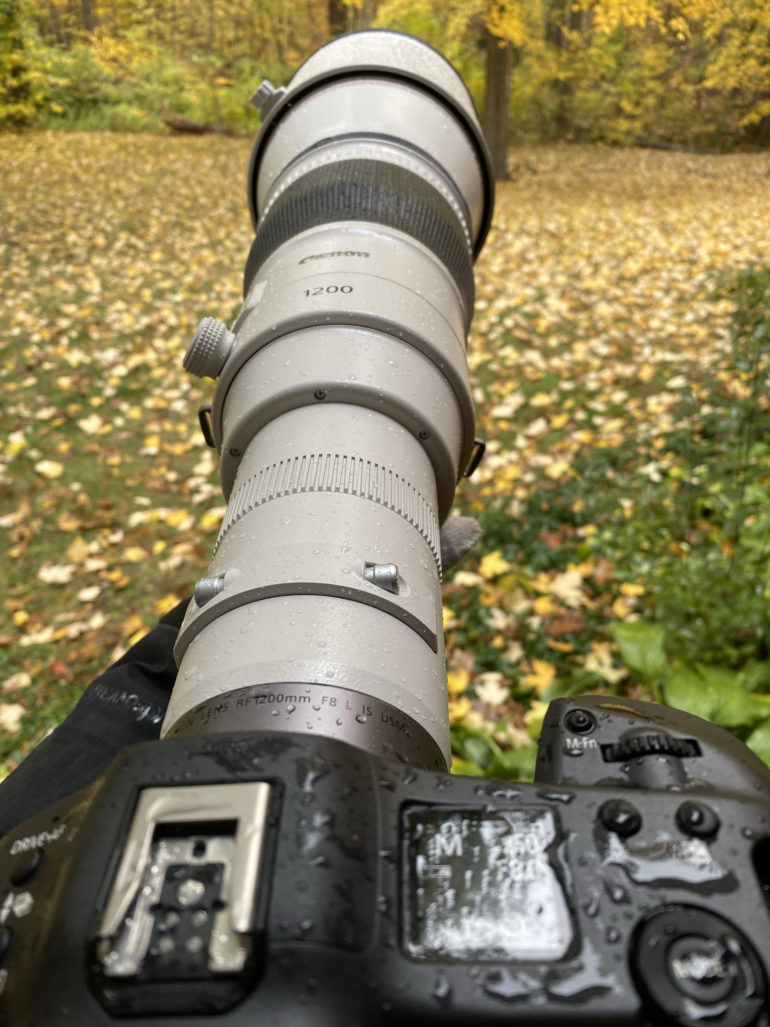
PROS
- Impressive autofocus performance with both action and low light
- Face recognition works phenomenally, even on birds and in dark scenes
- Reduced rolling shutter distortion and 1/180 flash sync with electronic shutter
- Excellent noise reduction at high ISOs
- Eye Control AF
- Built-in vertical grip
- Lots of great controls
- Weather-sealed
CONS
- Resolution is lower than competitors (but this is partially why low light quality is so great)
- Higher learning curve
- Hot shoe adapter recommended for weather-sealing with older flashes
- Heavier and larger than the R5 and R6
- Pricey
What We Think
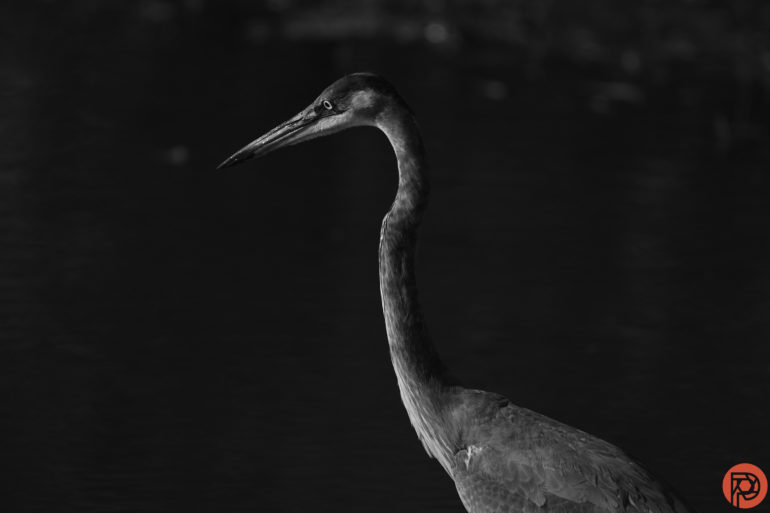
In our review, we state:
The Canon R3 has a top burst speed that’s actually useful because of a great autofocus system and a faster processor to limit rolling shutter. This camera can not only shoot in the dark but print ISO 128,000 and still look good. While the R5 may make more sense for detail work, the R3 is an exceptional low-light and fast-action camera.
Buy it
Pick it up from Amazon or Adorama
Sony a7r V: Below $4,000
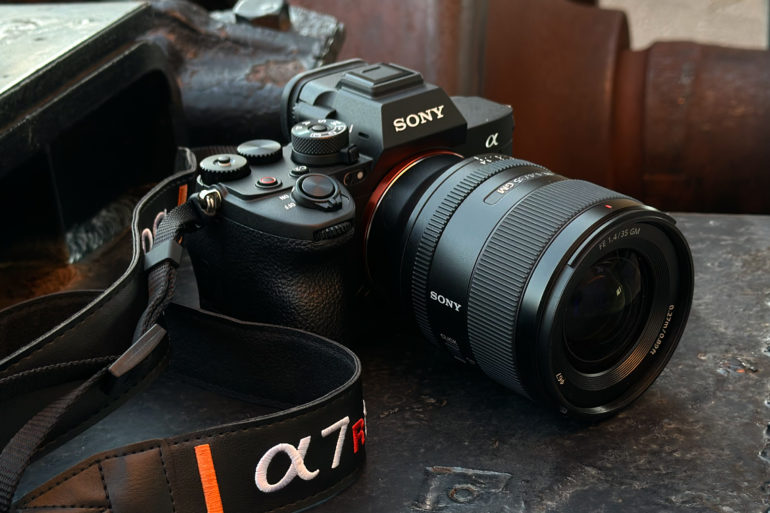
PROS
- Beautiful colors and lovely contrast
- New OLED screen and 2nd main menu
- Very accurate metering
- Improved dust protection
- Autofocus is impressive
- New Vehicle/Train, Airplane, and Insect tracking
- Improved auto white balance
- Images are sharp without being too much for women’s portraits.
- Comfortable grip
- You can skip editing altogether if you want.
CONS
- Subtle low ISO sensor noise
- Camera menus would benefit from further indexing
- Imaging Edge needs to come into the 21st Century
What We Think
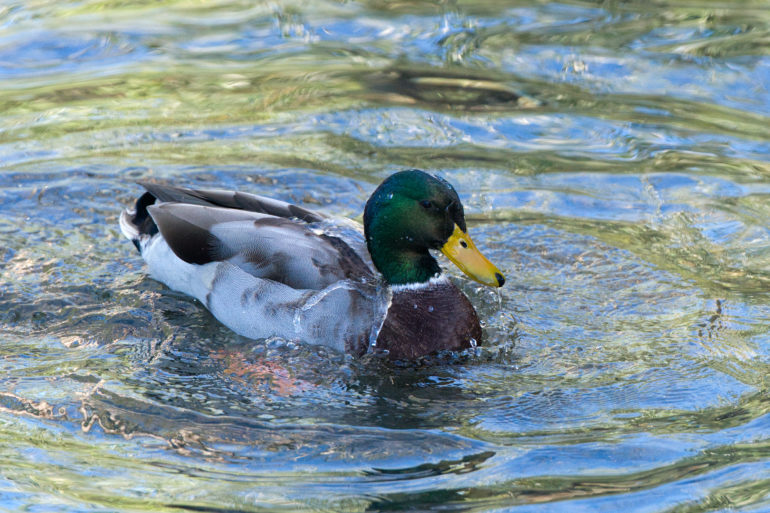
In our review, we state:
The Sony a7r V did an excellent job tracking birds and ducks. I switched to full auto mode and watched as it tracked various fighting ducks. I could only imagine how much fun birding would be with a longer lens.
Buy it
Pick it up from Amazon or Adorama
OM System OM1: Below $2,500
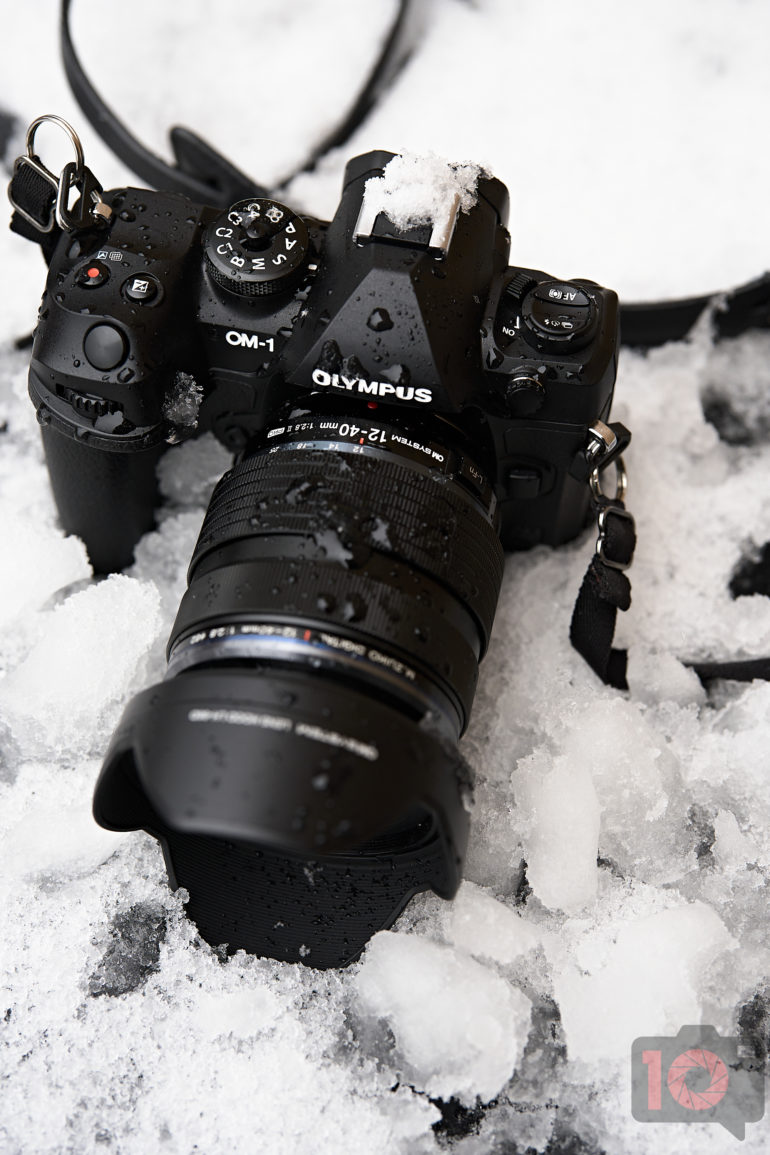
PROS
- This new menu system is amazing
- So much autofocus versatility with scene selection!
- So small and well built!
- A great amount of buttons, but it probably could’ve done with even more
- There’s finally an rating system that’s easy to access!
- Weather sealing is some of the best on the market.
- An incredibly lightweight camera with OM’s lenses
- When the autofocus sensitivity is increased, this camera is a beast at photographing and locking onto birds. But it’s still not on par with Sony and Canon.
- Autofocus is better for moving vehicles than flying birds simply because birds typically occupy a smaller part of the frame.
- Dramatically improved high ISO output
- Autofocus tracked a cat walking towards me pretty well. It works but it’s buggy at times just like Sony, Canon, and Nikon.
- The cameras computational photography capabilities are incredibly fun.
- The cleanest high ISO print we’ve ever gotten from a Micro Four Thirds camera at ISO 6400
- Face detection is better than Nikon, Fujifilm, and Panasonic. It’s not quite on par with Canon, Sony, and Leica.
- Low light AF sensitivity works well, but that’s because it negates the exposure preview setting after a while.
- THEY FINALLY FIXED FOCUS PEAKING ZOMGWTFBBQ!!!!
- Capture One support is absolutely incredible.
CONS
- Olympus went and made an awesome menu system but didn’t make it touch compatible.
- Separates bird and animal detection
Bird detection is very difficult to use when a teleconverter is attached.(fixed)- Animal and bird detection is a bit better than with Nikon and Panasonic, but still behind both Canon and Sony.
- No sensor protection when the camera is turned off. Come on, folks! How do you make a camera with an insane IP durability rating and not protect the sensor?
- C-AF with Tracking isn’t the best. Tracking moving birds is tough and almost impossible.
- Image stabilization at very slow shutter speeds doesn’t seem as great as previous Olympus cameras, but is still very good.
What We Think
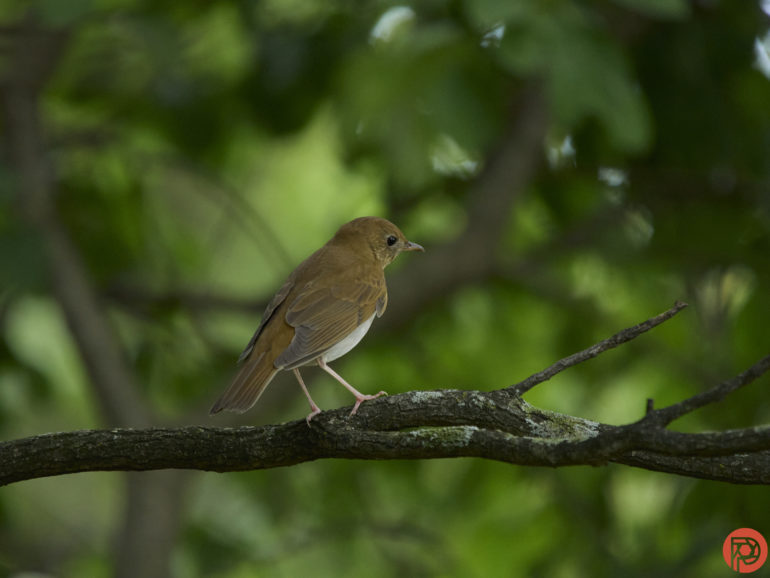
In our review, we state:
So overall, the C-AF ability has improved, and I’m glad to know that my earlier critiques of it were looked at with some seriousness. Would I use this in the forest or for serious bird photography? Totally! But I also really want to use it with other lenses. The camera does a great job otherwise. Overall, it’s still the lightest and smallest system that you can use for birding.
Buy it
Pick it up from Amazon or Adorama
Canon EOS R7: Below $2,000
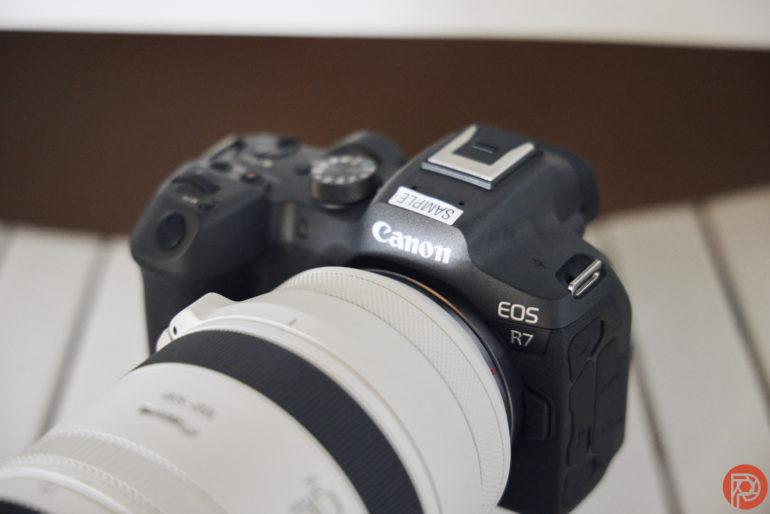
PROS
- Compact
- Fantastic image quality
- Great autofocus
- Weather resistance
- Dual card slots
- Canon’s menus – deeper and pretty simple to navigate, and nowhere near the jungle Sony makes you venture into to find El Dorado
- Incredibly lightweight
- Insanely affordable
- Great high ISO output
- I like the dual back dial and joystick.
- Absolutely phenomenal autofocus when it comes to birds
- ISO 12,800 is incredibly usable.
- WITH A BIRD SHROUDED BY LEAVES, 4/19 PHOTOS WEREN’T IN FOCUS. That’s a great hit rate!
- 500mm at 1/160th still gave me usable results because the image stabilization is so good with this camera and the 100-500mm.
- Exposure preview enabled with focus tracking in low light is very accurate.
- Fastest mechanical shutter almost is like black out free viewfinder
- Canon lets you update the firmware via the app.
CONS
- IBIS doesn’t automatically detect that you’re on a tripod.
- Randomly finds an object and tries to constantly latch onto it at times
- I wish Canon offered more affordable lenses worthy of this camera.
- The ISO button is in an awkward spot.
- I had an odd issue using the Canon Control Ring Adapter and the Irix 150mm f2.8 macro lens. It wouldn’t recognize the lens’s aperture. When I tried to make a photograph, it kept the shutter open. I had to pull the battery to get it to stop.
- I wish it had a blackout-free viewfinder in mechanical shutter mode for all settings.
- Electronic shutter can really be affected by a rolling shutter issue.
- Canon Connect doesn’t let you see the star rating of images within the app.
- Exposure preview really slows down performance with scene recognition, especially in low light. Otherwise, it’s fine.
- Scene recognition isn’t as great for some wildlife in low light.
- Canon’s vehicle technology looks at the shape of a vehicle and whether or not it has wheels. Therefore it isn’t great at tracking trains.
What We Think
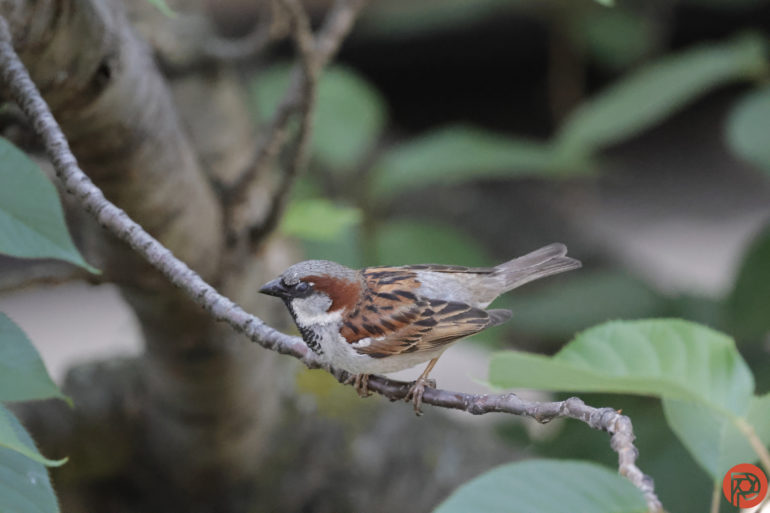
In our review, we state:
Objectively speaking, this is the best APS-C mirrorless camera on the market; but it still has problems. That’s more of a comment on the photo industry as a whole though more than what Canon delivered at an insanely good price point.
Buy it
Pick it up from Amazon or Adorama
The Phoblographer’s various product round-up features are done in-house. Our philosophy is simple: you wouldn’t get a Wagyu beef steak review from a lifelong vegetarian. And you wouldn’t get photography advice from someone who doesn’t touch the product. We only recommend gear we’ve fully reviewed in these roundups. If you’re wondering why your favorite product didn’t make the cut, there’s a chance it’s on another list. If we haven’t reviewed it, we won’t recommend it. This method keeps our lists packed with industry-leading knowledge. Some of our stories include affiliate links. If you buy something through one of these links, we may earn an affiliate commission.


